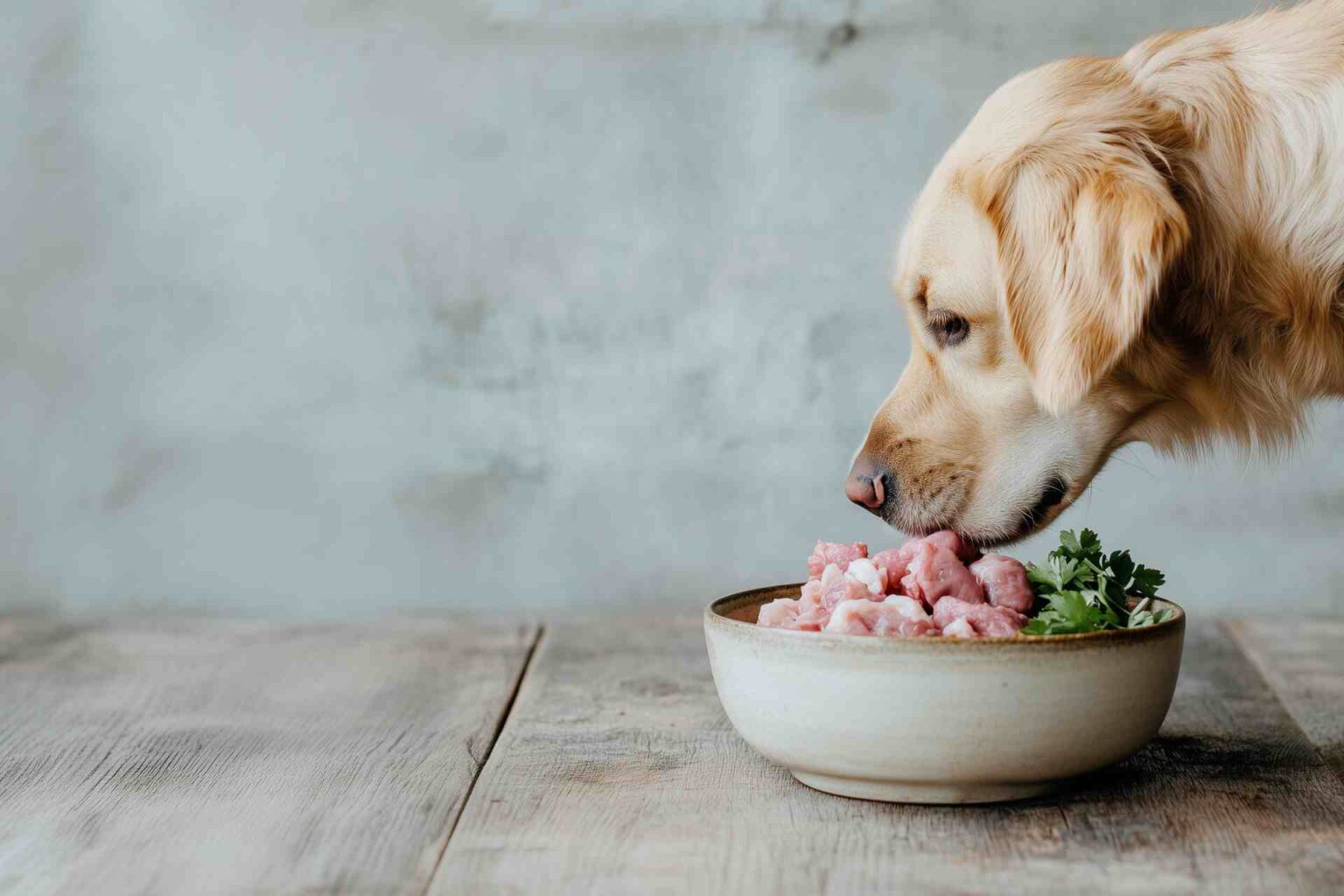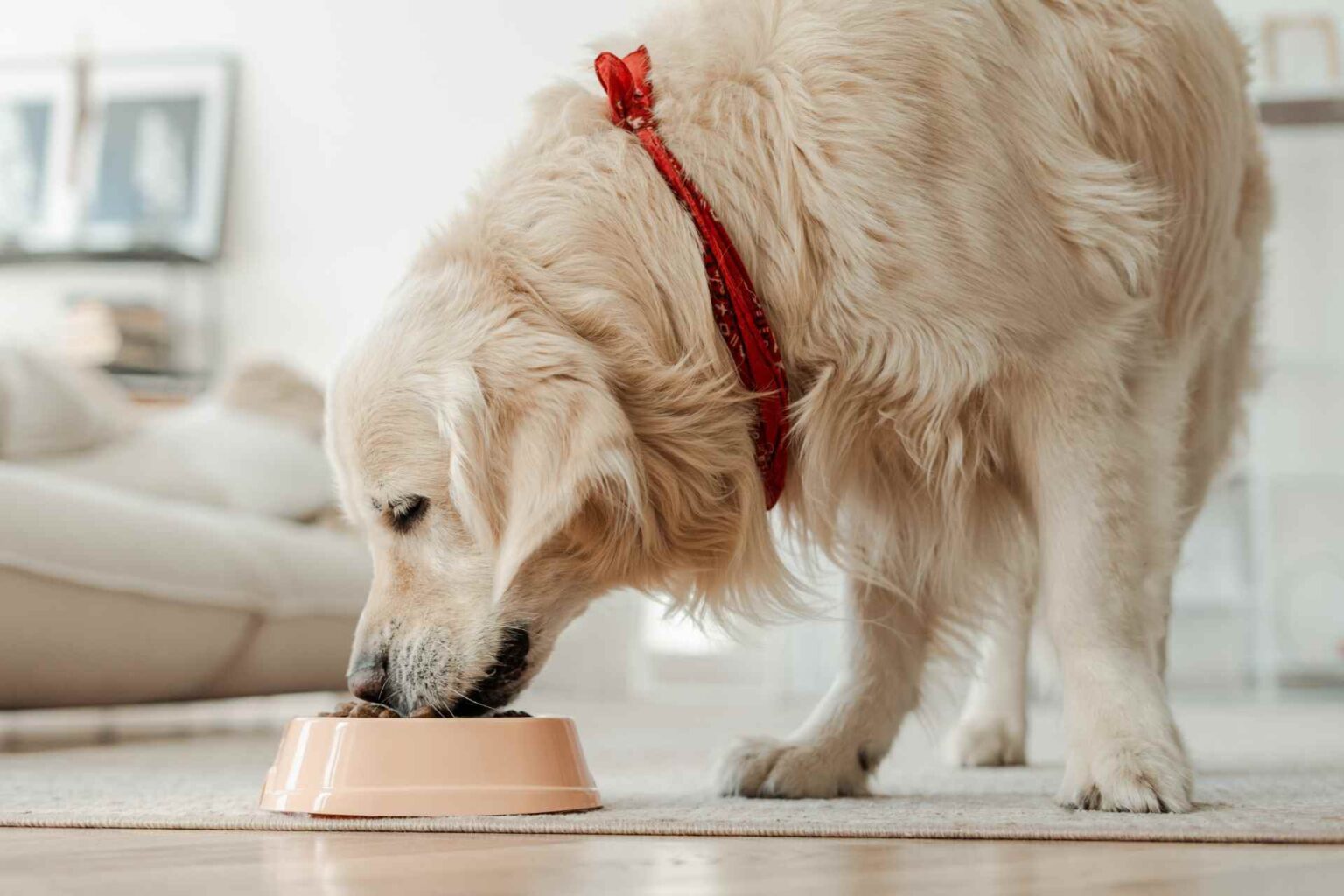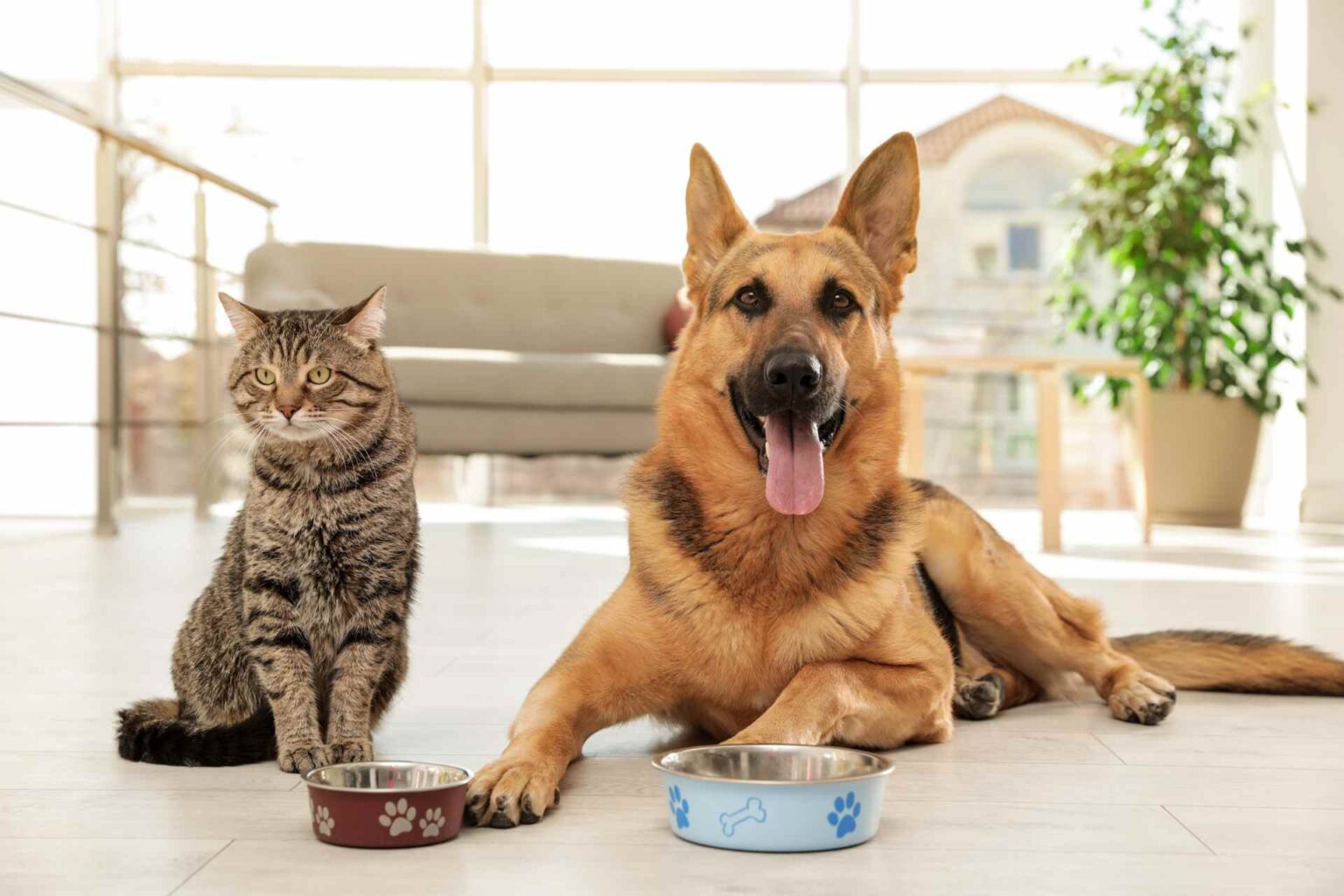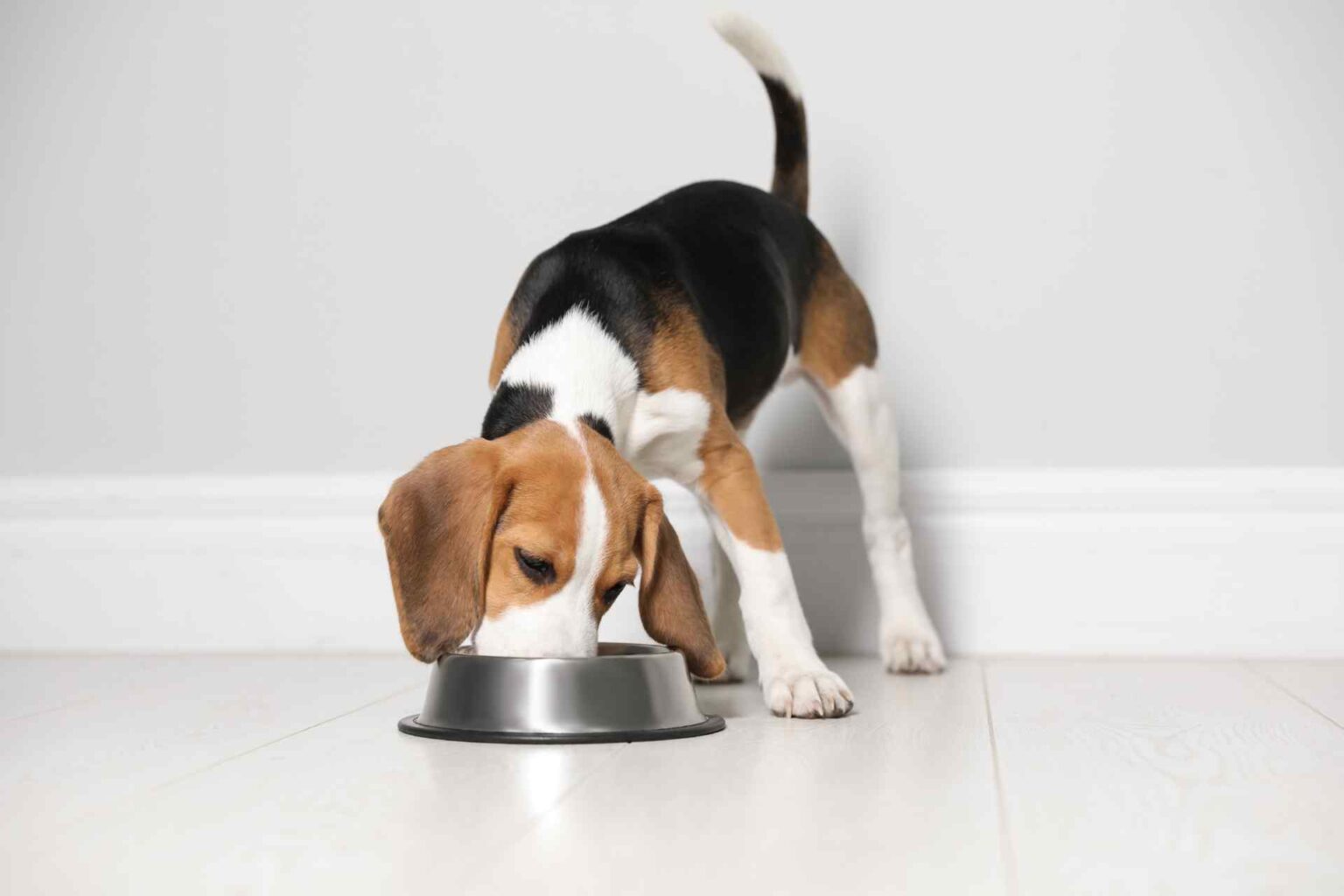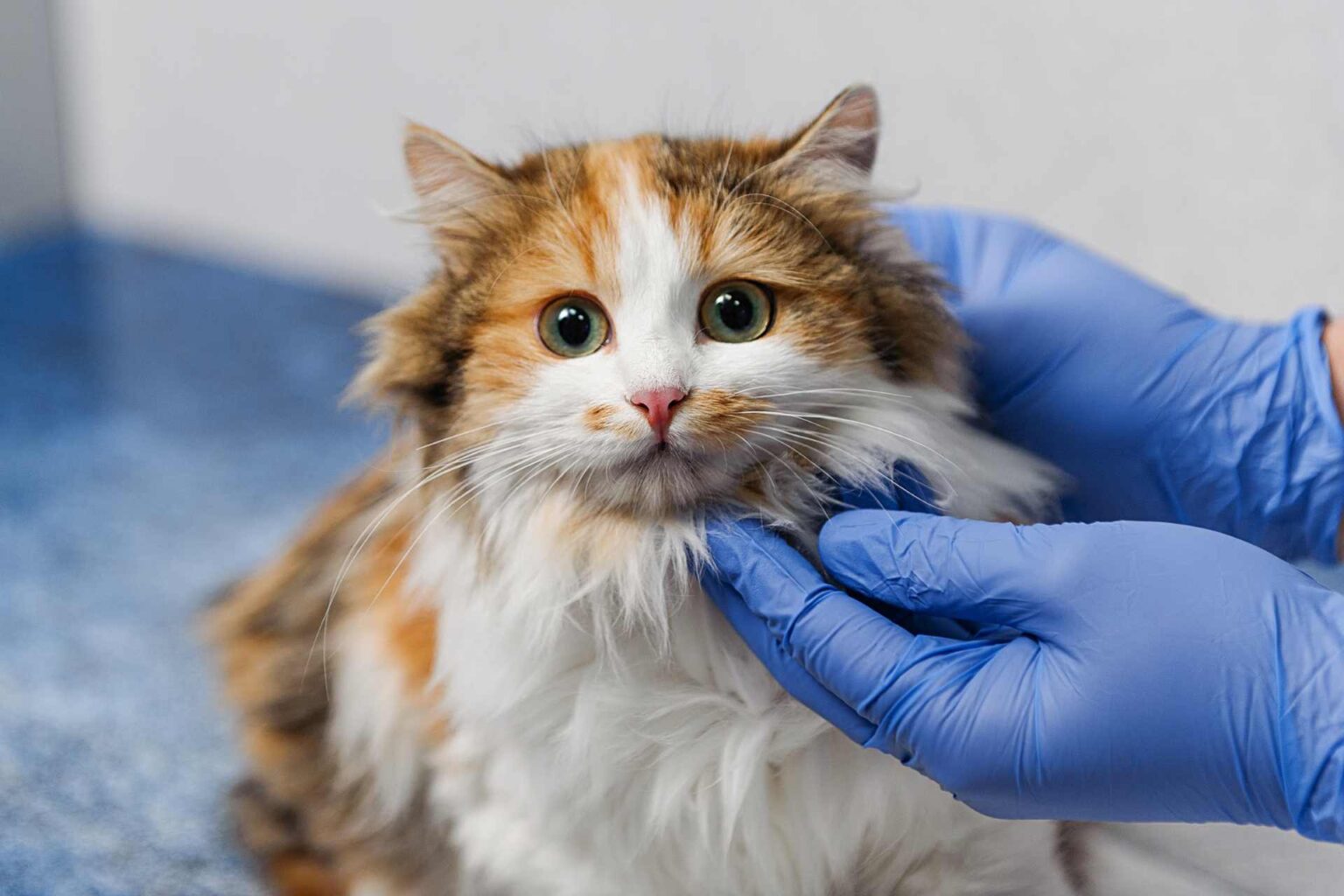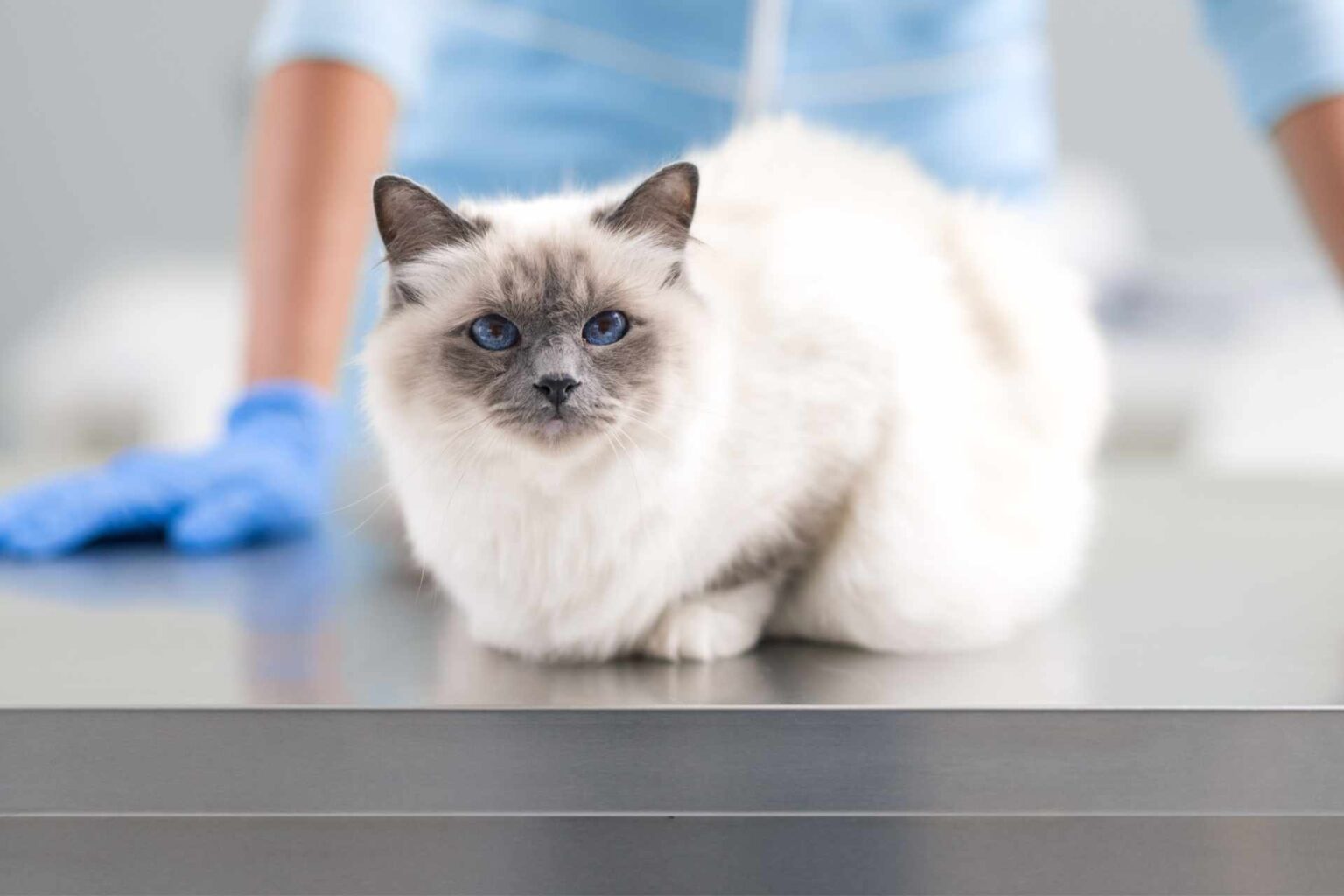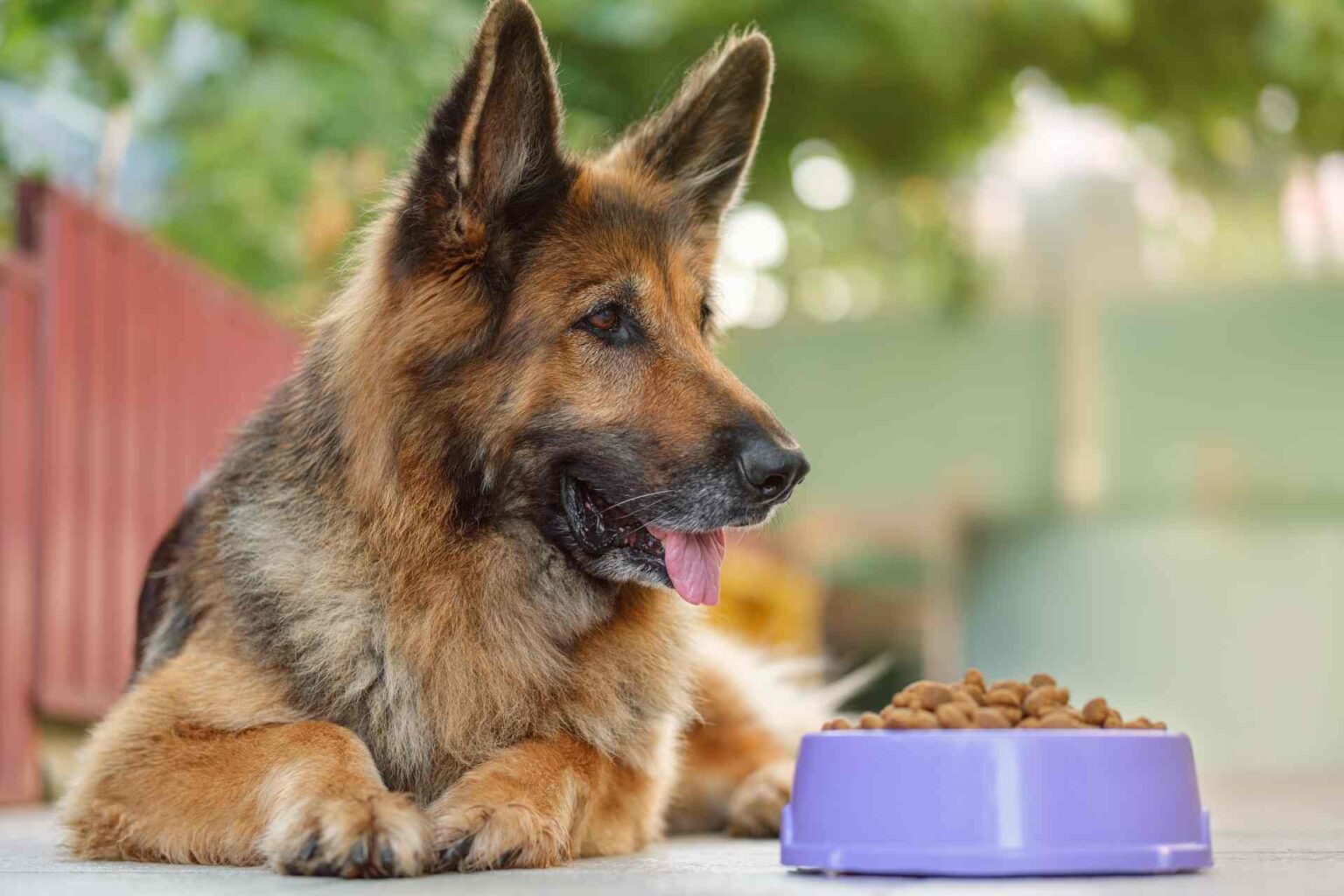In recent decades, there has been a significant increase in obesity problems in companion animals: in 2007, 52% of dogs and 55% of domestic cats were obese; these figures rose to 56% and 60%, respectively, in 2017.
The causes of obesity are many, and it is known that this consition can have important long-term consequences on the health of affected animals. There are several ways to prevent the onset of obesity, these essentially involve increased exercise combined with controlled intake of a quantitatively and qualitatively balanced diet.
In this context, fiber-rich meals are often considered an ideal choice The benefits of dietary fiber are diverse; certainly among the most important are those related to nourishing and maintaining the health of the gastrointestinal (GI) microbiome
Cellulose, a source of fiber
Cellulose isa major source of dietary fiber for diets aimed at weight loss.
Despite the advantages of cellulose for caloric dilution, product performance, and animal health, pet food manufacturers are seeking other types of fiber because of rising product costs and limited consumer appeal. Another relevant aspect of including dietary fiber in pet diets is the possible negative impact on their palatability.
For example, a 2015 study by Koppel et al. showed a decrease in dietary intake when fiber (in that specific case, sugarcane fiber and wheat bran) was added to diets. The dogs preferred the control diet with no fiber additions.
A good alternative to cellulose, is lignocellulose. Lignocellulose is a well-known source of sustainable energy and is one of the most abundant and biologically renewable biomasses on earth, as it is a component of plant cell walls.
Although it can be used as a source of fiber in dog diets, there are currently very few studies conducted on pets regarding the effects of lignocellulose.
The benefits of dietary supplementation with fiber
The purpose of the study by El-Wahab et al. was to evaluate the extent to which different sources of fiber influenced gastrointestinal tract digestibility, stool quality, and dietary acceptance in Beagle breed dogs, and whether significant differences were present among various fiber sources.
The authors administered, over a period of 14 days, four different diets to eight dogs. In addition to a baseline diet without added fiber ( control group), three experimental diets with the following fiber sources were administered:
- Powdered cellulose;
- Cellulose-based granules;
- lignocellulose.
The results of the work showed that all three types of fiber led to an equivalent reduction in energy intake compared withthe baseline diet, without affecting palatability.
Stool quality was not adversely affected by dietary fiber supplementation; only the parameter of wet fecal mass was higher in the groups with fiber supplementation than in the control group.
Lignocellulose as an alternative to cellulose The El-Wahab study et al. has demonstrated that other fiber sources, such as cellulose granules or lignocellulose, can be used as unrestricted cellulose alternatives. The results of the work showed that supplementation of the three alternative fiber sources did not affect stool consistency, nor did the scores associated with their shape.
Reference
Reference: El-Wahab AA, Lingens JB, Hankel J, Visscher C, Ullrich C. Effect of Different Fiber Sources as Additives to Wet Food for Beagle Dogs on Diet Acceptance, Digestibility, and Fecal Quality. Vet Sci. 2023 Jan 25;10(2):91. doi: 10.3390/vetsci10020091.





